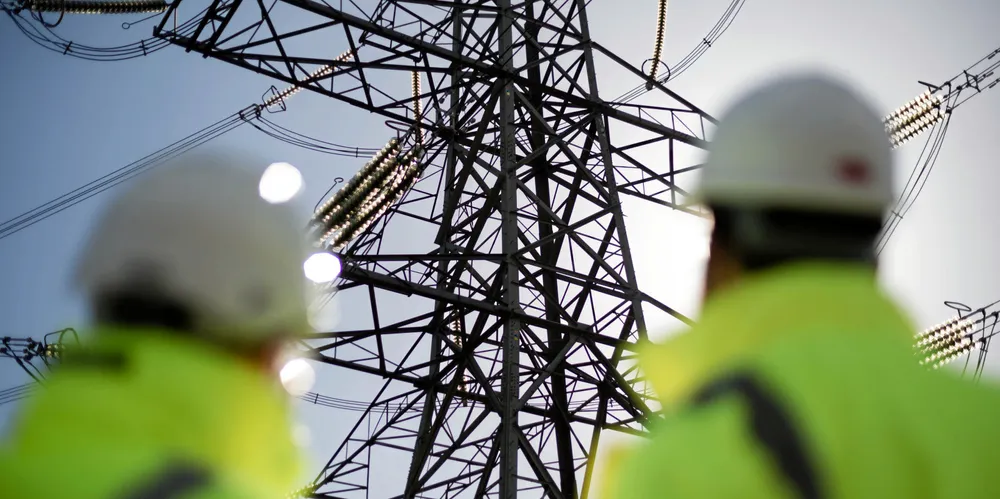UK energy regulator probes claims that wind farms milked balancing payments
Bloomberg data analysis claims 'glaring gap' between daily forecasts and true capacity

UK energy regulator Ofgem will investigate allegations that a substantial proportion of wind farm operators have systematically inflated their own daily production forecasts in order to overcharge the national grid operator for transmission constraint.
"Ofgem is investigating the alleged behaviour and has already asked the Energy System Operator (ESO) to look into this. They are responsible for the day to day running of the electricity grid and monitor the behaviour of energy market participants,” the regulator stated.
“Ofgem will work closely with the ESO to consider all the facts and if it finds evidence of egregious action or market abuse, enforcement action will follow.”
These daily notifications provide information considered critical as the operator of the UK’s outdated grid works to avoid overload.
Daily output notifications lead to decisions about curtailment or, in the case of a shortfall, buying dispatchable electricity from gas-fired power stations.
Balancing mechanism payments for curtailments underpin the subsidies that helped foster the UK’s wind boom, with guaranteed prices per MWh over periods often running to decades.
Stark difference
The result was what its report called a “stark” and “glaring” gap between the two, with errors very firmly on the side of overstating rather than understating.
The report suggested that those operators forecasting their output accurately — or underestimating it — were outnumbered by those that overestimated
While a third of the wind farms were routinely overstating how much energy said were going to produce by at least 10%, a significant number were overestimating by at least 20%, with outliers bumping the numbers up more than 30%.
This resulted in about £50m in payments for an overestimated portion of production within the five-year framework of the analysis.
This data raised concerns about such excessive payments for curtailments ballooning due to the fact that UK grid infrastructure is in danger of running behind the growth in capacity as wind power capacity increases.
The UK government has outlined plans for a major grid upgrade, but the National Grid utility has stated that this means that the country will needs to build five times as much grid infrastructure over the next seven years as was built in the previous 30 years.
In its own statement, Ofgem said it will “continue to work to protect market integrity and the best interests of consumers”.
The regulator highlighted three cases where the regulator concluded against generators who charged excessive prices behind transmission constraints.
These included a case, concluded last year, where Ofgem found that SSE Generation Limited breached its licence after securing excessive payments from National Grid ESO in exchange for reducing output at Foyers pumped storage power station.
As a consequence, Ofgem proposed that the company pay £10m into the Energy Redress Fund, destined for charities to deliver energy related projects that support energy consumers in vulnerable situations.
In another case, gas-fired electricity generator EP SHB was asked to pay £23.6m after earning an excessive benefit as a consequence of prices it submitted in the balancing mechanism for a transmission constraint affecting a gas-fired power station.